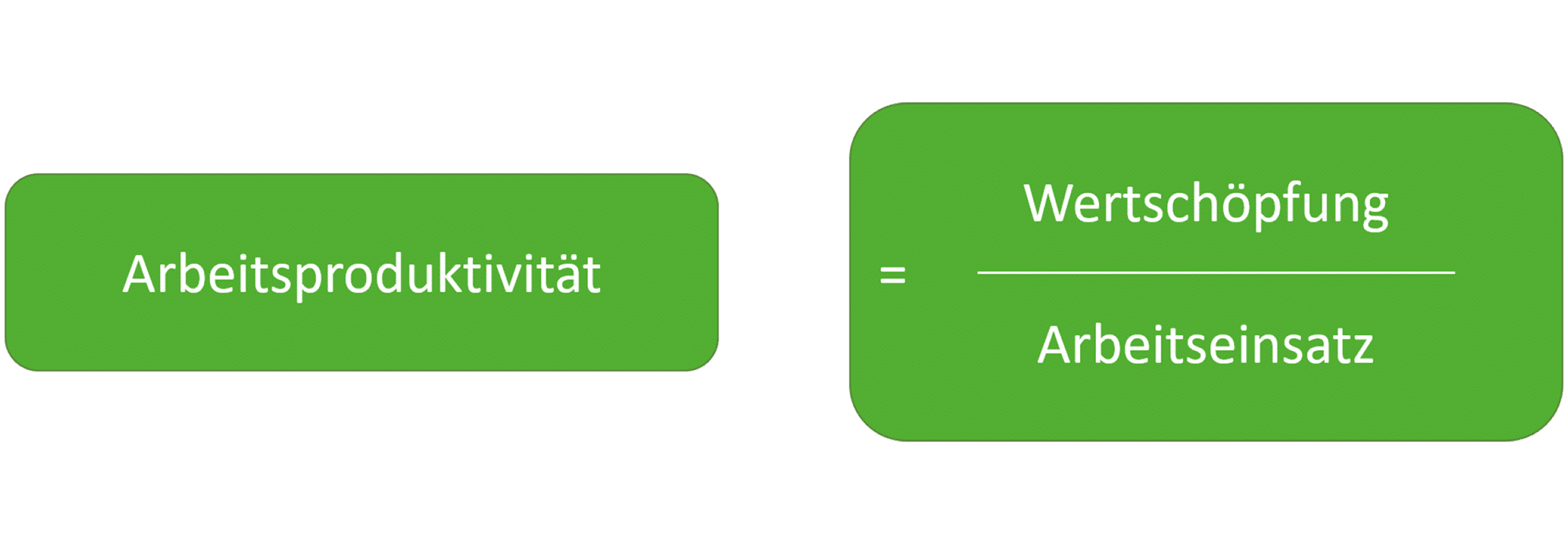What is Modern Workplace?
The Modern Workplace is a collective term for many topics that revolve around the modern and future world of work. The aim is to sustainably improve the workplace and working conditions. This can be diverse and include topics from workplace design, working time models to digitalisation. We at itmX focus on the area of process optimization and I will focus on that in the further course of this article.
Historcial evolution of the Modern Workplace
In fact, the modern workplace has always existed, but it has not always been so called. Humanity has always tried to optimize workflows and work steps. The best possible use was made of the resources and knowledge available at that time. For example, in weaving mills, the invention of the loom led to the creation of 18th century, the modern workplace at that time or the middle of the In the 19th century, the gradual expansion of the railway revolutionized the transport and transport routes.
The history of the modern workplace thus always goes hand in hand with technological progress. Applied to today’s times and those ahead of us in the near future, the rapidly advancing digitalization will offer us many new opportunities to further develop our workflows.
The reasons for the transformation of the Modern Workplace
The aforementioned process optimization, or process improvement, is from my point of view an area that is strongly driven from the entrepreneur‘s point of view. For example, improving throughput and processing times and the associated cost savings ultimately lead to a better business result.
In addition to the purely entrepreneurial point of view, there are also the individuals who ultimately carry out the work processes. They too have a corresponding interest in doing their work in the best possible way. However, employee requirements may differ from purely cost-benefit considerations.
The objective of the Modern Workplace
In the end, the great common goal of all parties involved should be the same: increasing productivity.
In both economics and business administration, productivity is an economic indicator that denotes the relationship between what is produced and what is used for it.

necessary.
In theory, this always sounds easy to implement: but how do you get this implemented in practice? I would like to use a few examples to illustrate how productivity can be increased with measures that are sometimes easy to implement:
Conclusion
As a result of ever faster developments, a “digitalization jungle” is emerging. Every week or even every day, new innovations emerge that seem interesting and beneficial. But in the end it has to be the perfect and meaningful interaction between employees and innovations (whether process or technological!) to create the greatest possible work productivity. However, it is always important to keep the focus on the employees and their needs and requirements in mind, because the greatest and most innovative technology/optimization/improvement ultimately does not help if it is not accepted, accepted and lived by the employees.

